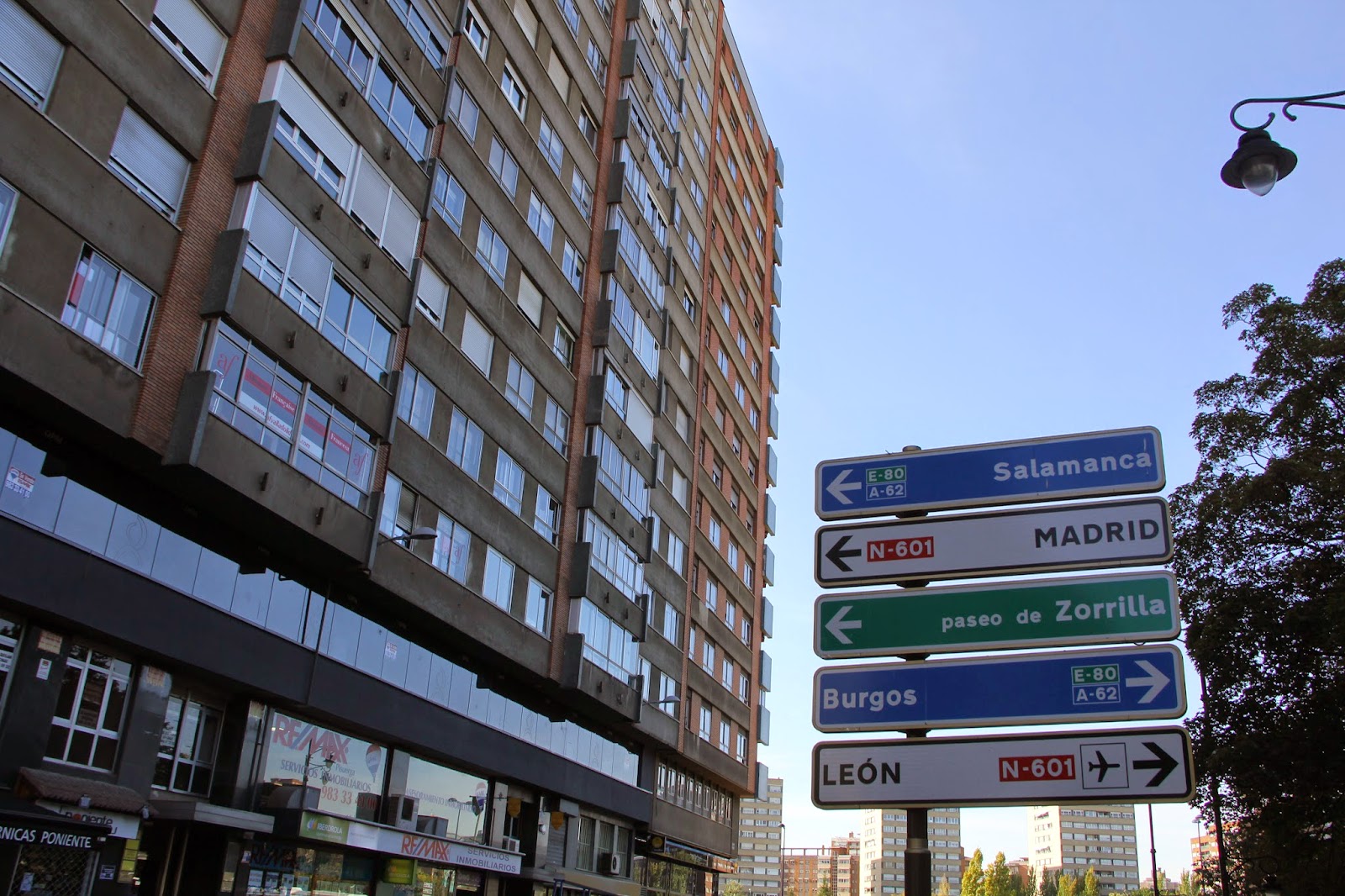I went to Segovia, Spain this weekend, it's just northwest of Madrid. It only took about 30 minutes on the high speed train. Here's a map:
This is the Roman Aqueduct. The Roman aqueduct is the most famous symbol of Segovia, a unique construction of civil engineering and probably the finest example of its kind still existing. The aqueduct was built at the end of the 1st century AD without the use of mortar or cement, at a time when the Roman Empire was at its largest extent and covered most of the then discovered world. The aqueduct is 813 meters long and raises to a maximum height of 28 meters (92 feet) above the Plaza del Azoguejo. It is made of granite rocks and consists of 166 arches and 120 pillars arranged in two levels.
This is the Cathedral: The Cathedral of Segovia is a great example of the late Gothic style in the 16th century. Its construction began in 1525 during the reign of Emperor Carlos V and it was consecrated in 1768. The Cathedral is located off the Plaza Mayor within the old city walls, and it is easily identified from the distance by its tall tower, 88 meters (288 feet) high.
This is Plaza Mayor, the main square of Segovia.
This is the Alcázar.
Originally built in the 12th Century over the remains of an old Roman fortress, the Alcázar (fortress) stands on top of a promontory dominating the Castilian plain. In the Middle Ages, it became one of the favorite residences of the Castilian Monarchs and was successively modified until the 16th century when the conical towers and the sloped slate roofs were added. In 1570, Felipe II married his fourth wife, Ana of Austria, in the Alcázar. For most of the 17th and 18th centuries, the Alcázar served as a prison, until it was converted into the Royal Artillery School in 1764 during the reign of Carlos III. On March 1862 however, theAlcázar was devastated by a fire and it was later reconstructed from 1882 to 1896 by architect Antonio Bermejo y Arteaga. In 1898, after the restoration, the General Military Archives of Spain were moved to the Alcázar and placed on the upper floor where they remain to the present day.
And at night:
and this is a typical dish of Segovia called the Suckling Pig. Obviously, I did not eat it. :)
I thought Segovia was beautiful but it was too small for me. It was really amazing seeing the aqueduct though!














































































